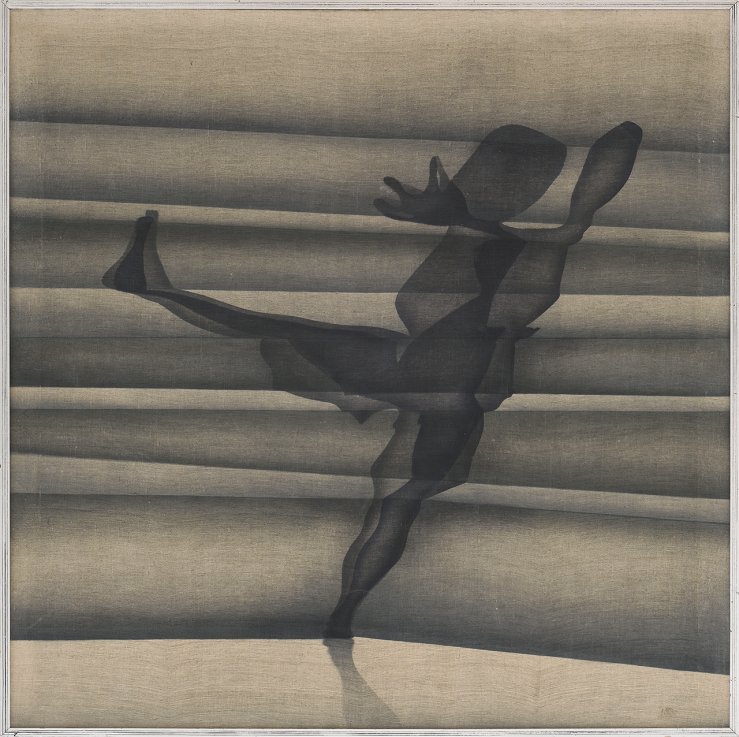As a neo-avant-garde group of artists, PÉCS WORKSHOP (1968–1980) operated on the periphery of the Hungarian art scene, working on the renewal of the Hungarian constructivist and avant-garde traditions, on the establishment of a new visual language and a new visual culture. We presented the art historical analysis of this group of artists in our 2017 exhibition Parallel Avant-Garde and the accompanying catalogue. In addition to Károly Halász (1946–2016), Károly Kismányoky (1943–2018), Sándor Pinczehelyi (1946) and Kálman Szíjarto (1946), its members included Ferenc Ficzek (1947–1987). In his early work in the 1960s, Ficzek was already investigating the imaging potential of light and was concerned with related problems, their theoretical and practical development and a systematic programme of geometric spatialisation. Initially, the basic motif of his projection works was an everyday kitchen or Thonet chair, and then through the mastery of the spray gun blowing technique he developed his unique language, consisting of collages of different templates, layered on top of each other. In the course of these works, he experimented with the interrelationship of different plane and space constructions, circular and square planar dimensions. Ficzek was not, however, satisfied with the two-dimensional experience; his investigations on his moulded canvases focused on the pseudo-phenomena of space and its mapping. In these conceptual works, he was primarily concerned not with illusion but with the development of a new visual representation technique, in which objects projected onto broken planes, namely undulating sheets, and, from 1978 onwards, figural motifs (human figures, body parts) appeared as fragmented forms. In these works, he rethought the different phases of the human body and movement, first breaking them down intogeometric elements and then rebuilding the construction.
